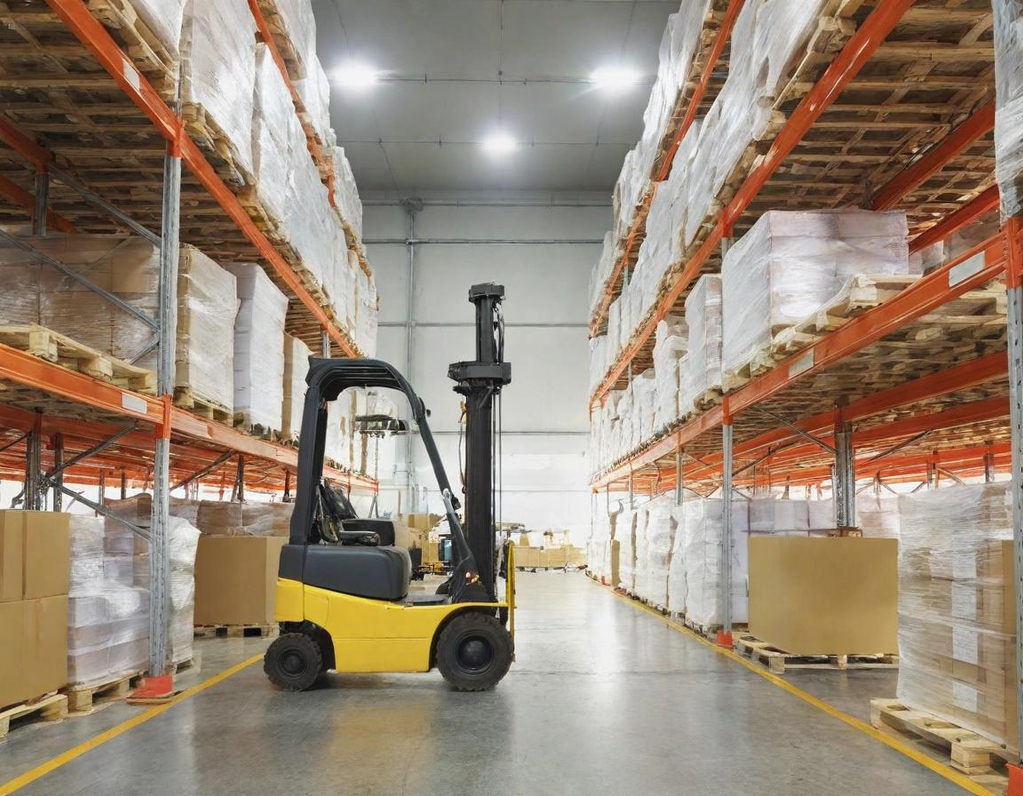Running a warehouse may seem straightforward — store, pick, and ship goods — but any SME that manages multiple products, suppliers, and customers knows how easily things spiral into confusion. Disconnected spreadsheets, delayed updates, and unclear stock data often lead to costly mistakes. The solution is simple but powerful: adopting a centralized warehouse system. It’s the key to transforming warehouse operations from messy and reactive to organized and data-driven.

1. One System, One Source of Truth
In many small businesses, inventory data lives in multiple places — Excel sheets, emails, or even handwritten notes. This fragmentation creates duplicate entries and errors that ripple across departments.
A centralized warehouse system unites everything into one dashboard. All transactions — from receiving goods to dispatching orders — are logged in real time. When sales, purchasing, and warehouse teams all work from the same source of truth, there’s no miscommunication or finger-pointing. Everyone sees the same numbers, instantly.
2. Better Coordination Across Departments
Imagine a scenario where your sales team confirms an order, but the warehouse later discovers the item is out of stock. These costly mistakes damage trust and slow growth.
With a centralized system, stock data updates automatically as items move in or out of storage. The purchasing team knows exactly when to reorder, and the sales team can check accurate availability before promising delivery. This seamless coordination reduces delays, improves customer service, and builds internal accountability.
3. Real-Time Insights for Faster Decisions
In today’s competitive market, decisions need to be made quickly. A centralized warehouse system gives managers real-time visibility of stock levels, turnover rates, and order status.
Instead of waiting for manual reports, you can spot slow-moving products, identify peak demand periods, and allocate space more efficiently. The ability to act immediately based on live data gives SMEs an edge against competitors still using manual tracking.
4. Error Reduction and Cost Savings
Manual data entry is time-consuming and prone to human error. Even small mistakes — like mis-typed quantities or missed entries — can snowball into financial losses.
A centralized system automates data capture through barcode or QR scanning, ensuring accuracy from inbound to outbound processes. The result: fewer discrepancies, less wasted labor, and lower operational costs. For SMEs, these savings directly translate to higher profitability.
5. Scalable Growth Without the Growing Pains
As a business expands — adding more warehouses, SKUs, or sales channels — managing information becomes harder. A centralized system scales with you, accommodating more data and users without major restructuring. Whether you add new locations or integrate with eCommerce platforms, the system adapts seamlessly to your growth.
Conclusion
Running a warehouse doesn’t have to feel chaotic. A centralized warehouse management system turns confusion into control by bringing every process and department onto a single platform.
It enhances communication, reduces mistakes, and gives management real-time visibility to make faster, smarter decisions.
For SMEs in Singapore and Malaysia, adopting a centralized WMS isn’t just a tech upgrade — it’s a step toward sustainable growth and long-term efficiency.

